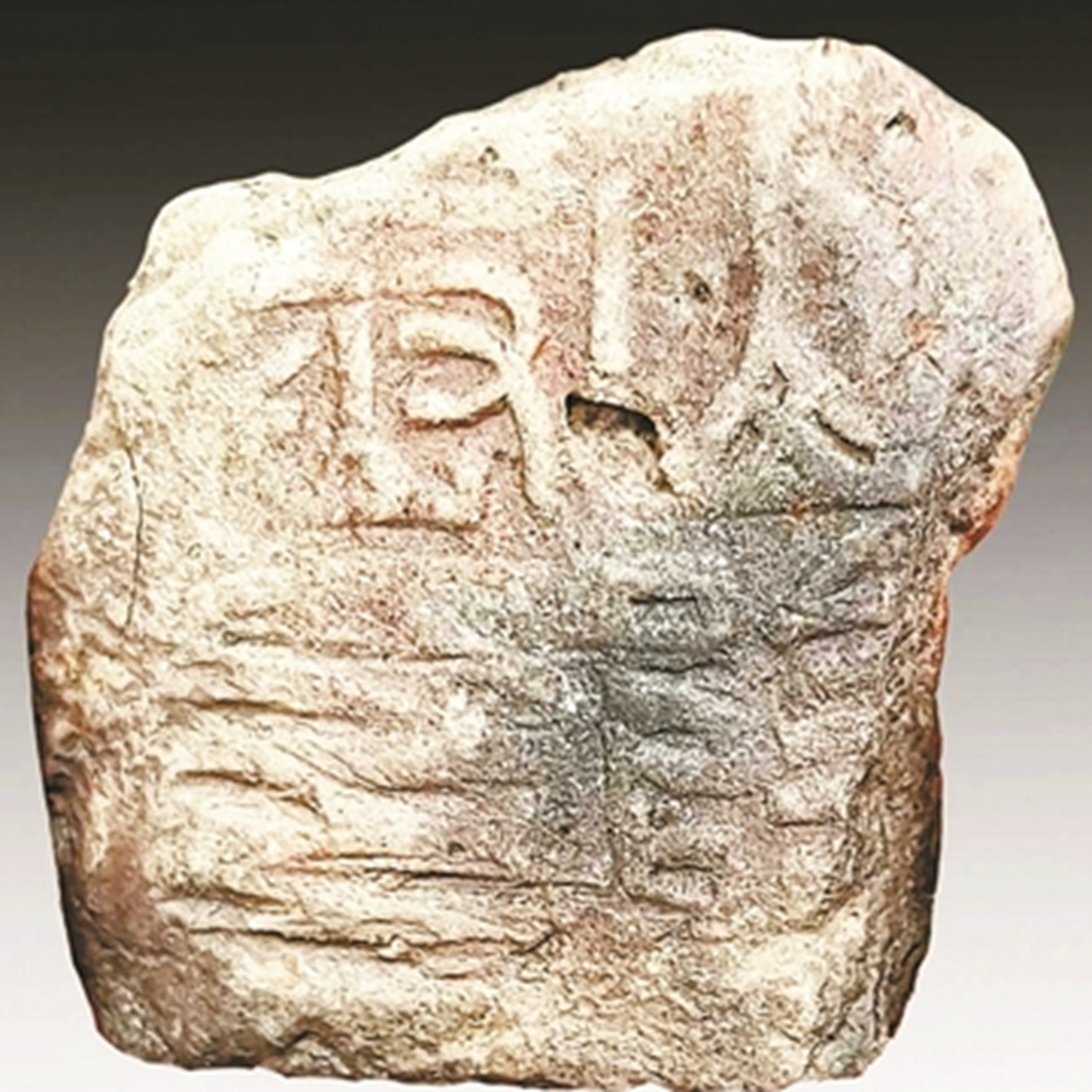
Photo: screenshot
Although it is only 2.5 centimeters in length, a recently discovered artifact made of dried mud at the Jizhong archaeological site in Shaoxing, East China's Zhejiang Province, comes as a striking revelation since it indicates the location of a local government center during the Han Dynasty (206BC-AD220).
The Chinese characters "Shanyin Chengyin," which means "seal of the magistrate of Shanyin county," were inscribed on the mud object.
The relics was identified as a "mud seal." Historian Fang Gang told the Global Times that the seal was used on "authoritative documents and confidential letters." The tradition was popularized during the Qin (221BC-206BC) and Han dynasties. Mud seals also "represented one's power and were commonly used as burial objects."
"Shanyin was the ancient county name representing Shaoxing. We discovered that the mud seal belonged to the 'deputy head' of the county," said Li Longbin, director of the Shaoxing Institute of Cultural Relics and Archaeology.
Prior to the new discovery, high-level architectural remains dating to the periods of the Han and the Warring States Period (475BC-221BC) had been excavated at the Jizhong site in Shaoxing.
The mud seal was found from the Han Dynasty stratum of the dig, which helped date it.
"The unearthed high-level architectural remains are even more convincing indicators that show that the Jizhong site and its surrounding areas were used as the then government's offices," He Jierao, an archaeological researcher specializing in the Han to Sui (581-618) dynasties, told the Global Times.
In July, after more than five months of excavation, the large foundation of a 2,500-year-old wooden building was uncovered at the site. Covered 3,000 square meters, the building was identified as once belonging to the ancient state of Yue, represented by the "king of resilience" - King Goujian.
Numerous Han wooden slips with ink writing were also found, adding to the total of 850 artifacts discovered at the site. Among them are some artistically designed objects such as a crystal ring and a bronze jug.
"The Jizhong site is the first to establish that Yue State architecture existed within the historic Shaoxing city, offering crucial hints for researching the Yue State capital," Li remarked.




